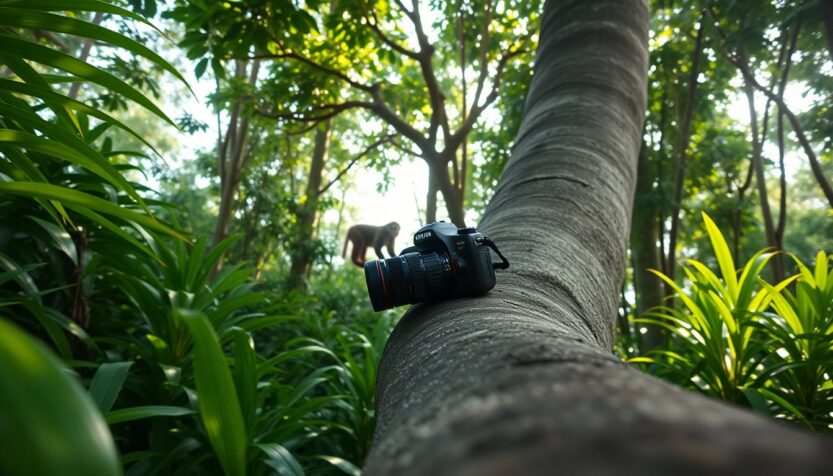The Monkey Selfie That Started It All
In 2011, a monkey named Naruto took the internet by storm with a series of selfies. The photographs were captured using wildlife photographer David Slater’s unattended camera. This incident sparked an ongoing debate about copyright and creativity, particularly as artificial intelligence (AI) becomes increasingly influential in the art world.
Initially, Wikimedia Commons declared the selfies public domain, citing that a monkey took them. However, David Slater sought copyright ownership of the images. PETA intervened, arguing that if humans can claim ownership of their photographs, why shouldn’t a monkey be able to claim ownership of its own selfies? This unexpected twist raised significant questions about authorship.
By 2014, the U.S. Copyright Office clarified that images taken by animals do not qualify for copyright protection. Ultimately, Slater and PETA reached a settlement, with Slater agreeing to donate a portion of his profits to wildlife conservation. Today, we confront a similar but more complex issue: if a computer program generates a film or artwork based on a human prompt, who holds the ownership rights? Is it the programmer, the AI, or the individual who provided the prompt?
The Age of AI and Ownership Dilemmas
The discussion surrounding AI-generated art is intensifying. What occurs when AI produces work that rivals human creativity? Entertainment attorney Schuyler M. Moore notes that AI is reshaping traditional creative processes in profound ways. Although current technology does not allow AI to independently create a blockbuster film, studios are increasingly employing AI for tasks ranging from visual effects to enhancing actors’ performances. As this technology advances, pressing questions about ownership and rights emerge.
If animals cannot own artwork, can AI? This question is stirring debate among legal professionals and creatives alike. As studios experiment with AI and prepare to address ownership challenges, the situation becomes increasingly complex. Some argue that AI models are merely tools without agency, while others contend that their outputs are redefining intellectual property. This is a contentious issue that is unlikely to resolve itself in the near future.
Legal Quagmires and the Fight for Rights
As the legal landscape evolves, companies such as Disney are taking proactive measures to safeguard their intellectual property. Disney has not hesitated to file lawsuits against AI models that it believes infringe on its rights. For instance, the company collaborated with Universal to challenge Midjourney, claiming that its characters were reproduced without authorization. This case exemplifies how the legal system is grappling with the implications of AI in creative sectors.
However, courts are beginning to acknowledge the transformative capabilities of AI. Recently, a judge ruled that AI-generated outputs could be considered “spectacularly transformative,” permitting companies to train their models on existing works, provided they compensate the original creators. This ruling complicates the situation further: if AI can derive new creations from existing materials, what implications does this have for original creators? Are we entering an era of intellectual feudalism where large corporations control all creative output?
As we continue to navigate this developing landscape, one certainty remains: the conversation surrounding AI-generated art and ownership is just beginning. With each new technological advancement, there is a tension between innovation and the protection of rights. Should AI possess ownership rights over its creations, or should these rights remain in the hands of humans? The debate is open for discussion.

